A digital detox vacation restores balance, enhances well-being, boosts productivity, and reconnects you with nature, mindfulness, and authentic experiences.
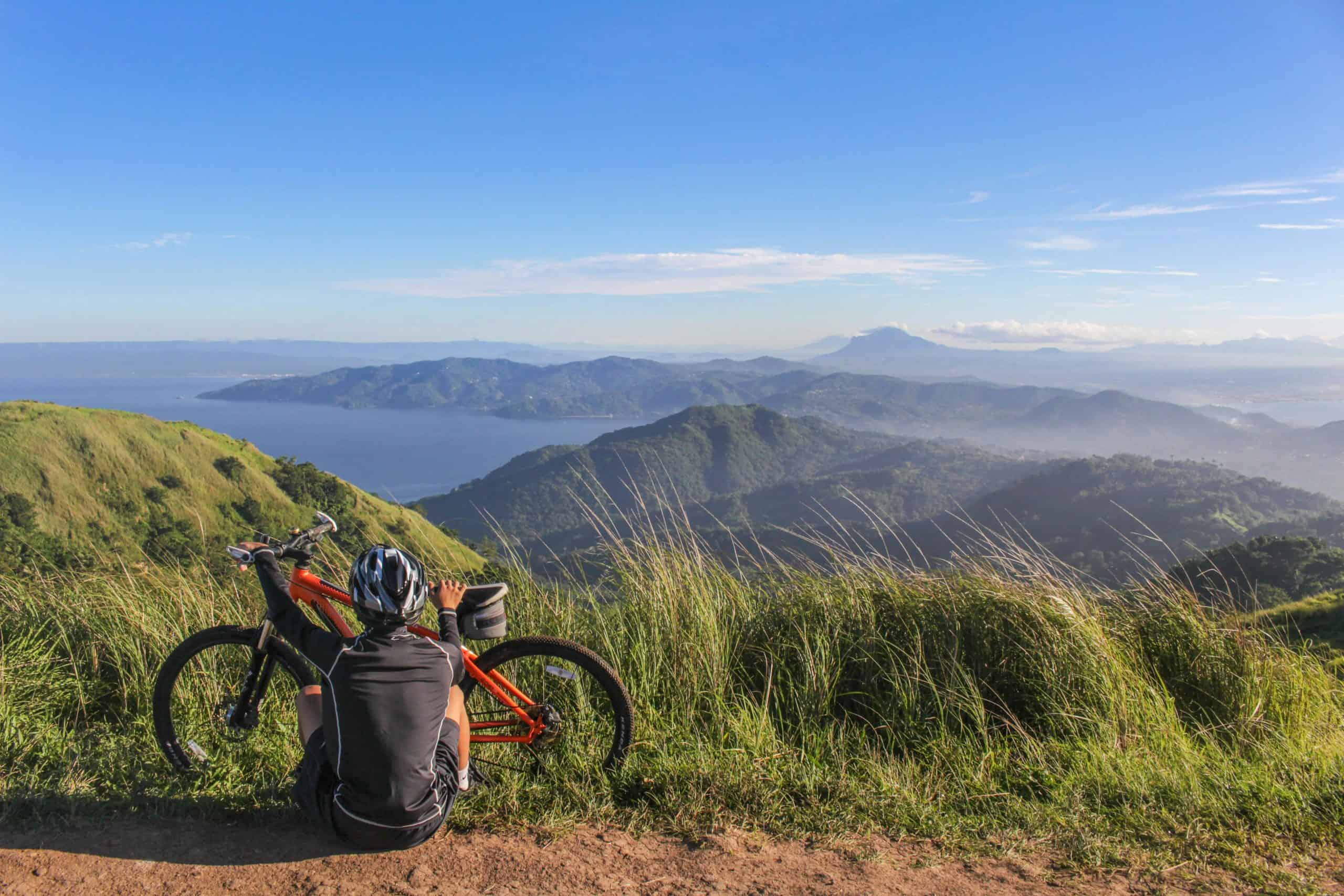
We’ve all been there. That bleary-eyed morning reach for your phone, and before your feet even touch the floor, you’re already drowning in emails, social notifications, and that ironic reminder from your meditation app to “breathe.” (Thanks for the tip, I was planning to anyway!)
The elite travellers of the world, those jet-setting, high-powered professionals we all secretly envy, have finally hit their digital breaking point. They’re trading in hyper-connectivity for something that’s become shockingly rare in our world: complete and utter silence. And let’s be honest, what’s more luxurious these days than the ability to ghost the entire world guilt-free for a week?
In our screen-obsessed reality, where the average person spends nearly seven hours daily staring at devices (according to the Digital 2023 Global Overview Report), the thought of stepping away is both terrifying and incredibly tempting. The numbers don’t lie—a 2022 study by the Global Wellness Institute found that wellness tourism is growing 21% faster than regular tourism, with digital detox retreats leading this escape revolution. The jet-set crowd is increasingly hunting for experiences that let them breathe, slow down, and remember what life was like before we all became cyborgs attached to our phones.
With burnout culture hitting epidemic levels, more people are desperately seeking refuge from endless notifications. It’s gotten so bad that the World Health Organization officially classified burnout as an “occupational phenomenon”—fancy talk for “work is literally making us sick.” No wonder GlobalData predicts wellness tourism will hit a staggering $1.3 trillion by 2025. We’re all frantically searching for ways to feel human again.
So, where does one start? Questions stare at us? What is a digital detox? How to do a digital detox? Benefits of a digital detox? Digital detox programs? Digital detox time? Is there a 30 day digital detox challenge?
Lets start slow and easy – in fact begin with slow living!
Slow Living: The Anti-Instagram Way to Travel
Forget those picture-perfect infinity pools and elaborate tasting menus that exist mainly for the ‘gram (though, between us, they’re still pretty awesome). Today’s ultimate luxury is shockingly simple: the freedom to do absolutely nothing—and to do it intentionally.
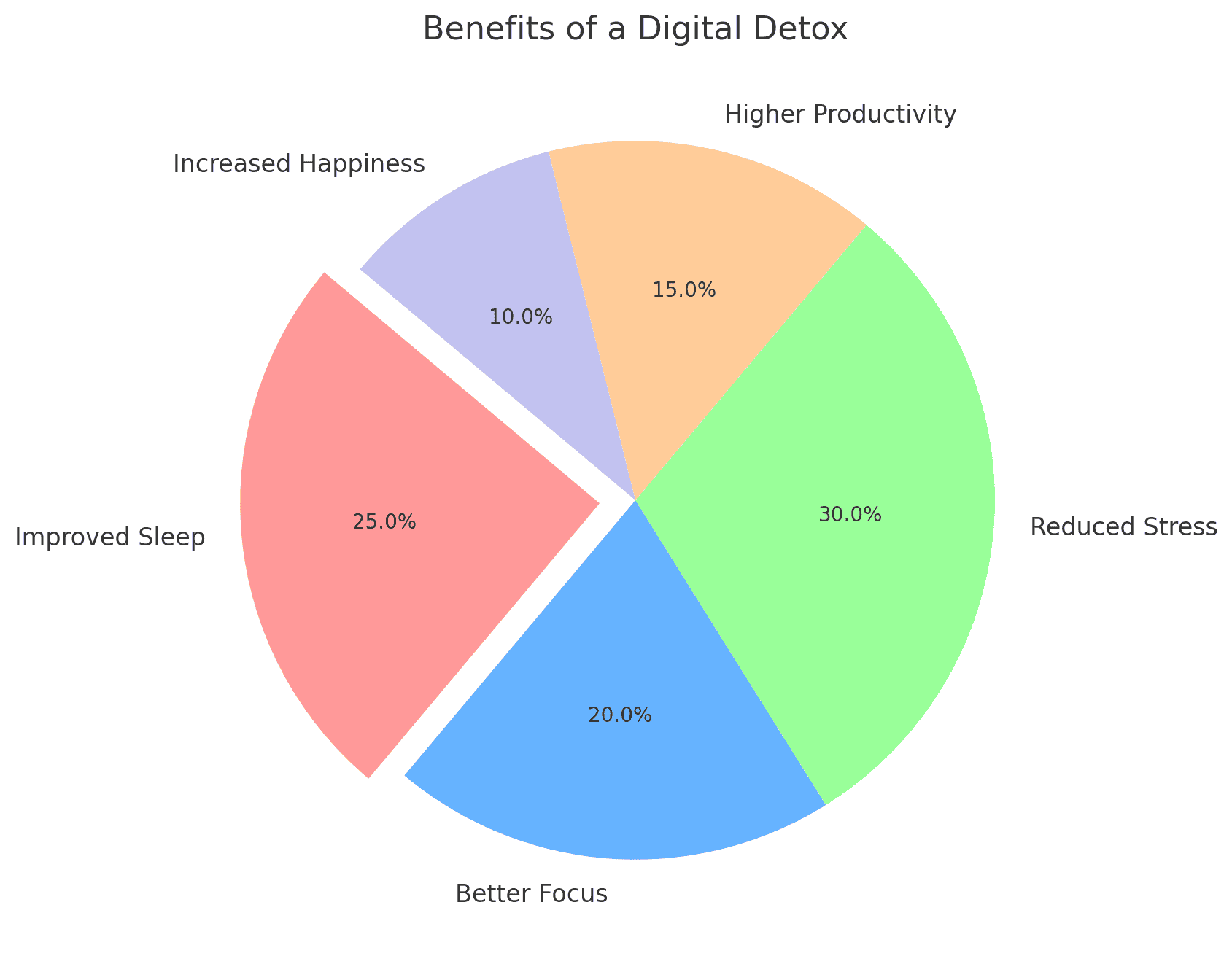
Slow travel throws away the frantic bucket list approach. It’s not about racing through tourist spots or scheduling every minute of your vacation. It’s about actually sinking into the moment, a radical concept, right? That means no panicked sightseeing, no colour-coded itineraries, and absolutely no “just quickly checking work emails” (we see you sneaking your phone under the dinner table).
Science is totally backing up this shift, too. Unplugging leads to clearer thinking, better sleep, improved productivity, and way less stress. A 2021 Harvard study showed that regular digital detoxers reported a 30% boost in brain function and were 25% happier overall. Who wouldn’t want that kind of return on their vacation investment?
Beyond just making you feel better, doing a digital detox actually repairs your messed-up sleep cycles, improves your attention span (which social media has destroyed), and even kickstarts creativity. Imagine coming back from vacation not just with a tan but actually functioning like a superior version of yourself.
Plus, slow living naturally ties into sustainability—longer stays mean fewer flights, less environmental impact, and deeper connections with local communities. According to Booking.com, 72% of travellers genuinely want to make greener travel choices and digital detox retreats fit perfectly into this mindset shift.
Luxury Digital Detox Spots That Make Disconnecting Actually Enjoyable
If the thought of putting your phone in airplane mode gives you heart palpitations, don’t worry. These retreats make unplugging so luxurious you’ll forget why you ever needed WiFi in the first place.
No-WiFi Wilderness Retreats
Visualise this: You. A private island. A hidden forest retreat. A desert sanctuary where the only “ping” you’ll hear is a bird or maybe a friendly lizard saying hello. The Ranch Malibu is a digital detox royalty with daily hikes, clean eating (so much kale, seriously), and absolutely zero screens. Just you, your thoughts, and the strange realisation that your brain actually works better without constant digital stimulation. For the bargain price of $7,600 for a week, you too can rediscover what your attention span was like in 1998.
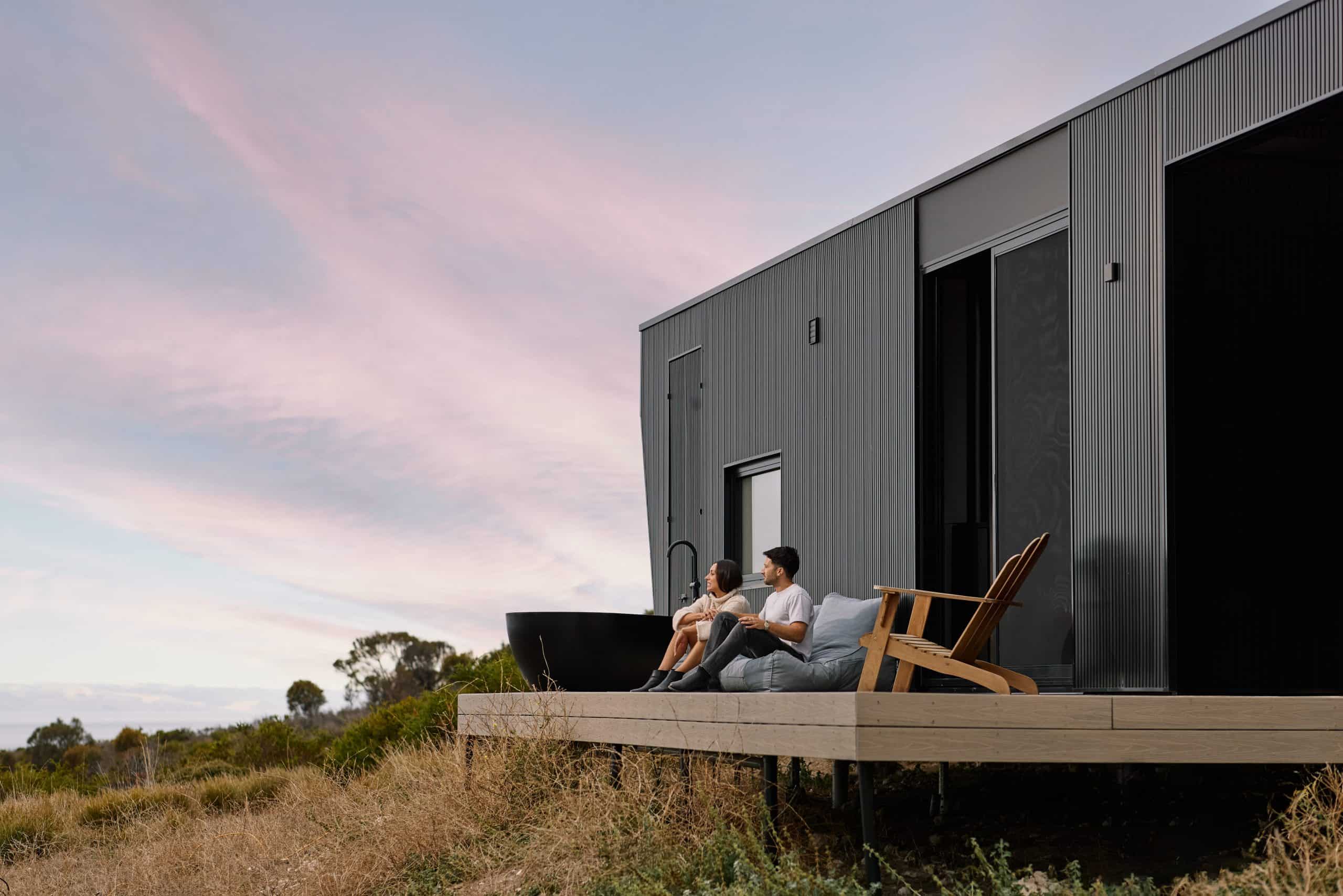
For the design-obsessed, CABN X in Australia offers eco-luxe tiny houses hidden in ridiculous Instagram-worthy landscapes (the irony of not being able to post about them is not lost on us). With floor-to-ceiling glass windows overlooking untouched wilderness, you’ll experience nature without distractions—except maybe wondering how many work emails are piling up (spoiler: the world continues spinning without your immediate input).
These solar-powered, rainwater-collecting, composting-toilet-featuring hideaways come with guided hikes, stargazing sessions (stars are nature’s original screen saver), and natural hot springs. The eco-conscious can even participate in planting trees, ensuring you leave the wilderness better than you found it—something we clearly haven’t managed with our digital habits.
For drama-seekers who need their unplug with a side of jaw-dropping scenery, Awasi Patagonia in Chile enforces a strict no-WiFi policy while surrounding you with some of the planet’s most incredible landscapes. Horseback riding, private hikes, and glacier walks replace your usual Netflix binges, creating the ultimate nature-based reset that no wellness app can compete with.
Silent Sanctuaries: Escape the Noise
Ever wondered what life would be like without the constant digital chatter? Eremito in Italy offers what can only be described as “luxury monk life”, silence is the main attraction, and guests trade screens for tranquillity that feels almost scandalous in its completeness. Yes, you’ll read by actual candlelight. Yes, it feels like you’re in some historical drama. And yes, you’ll be shocked at how quickly you stop reaching for your phantom phone.
Silent retreats have exploded in popularity, with Google searches for “digital detox retreats” jumping 170% in just two years. Wellness experts believe this trend shows how desperately we’re all craving inner peace while being bombarded by notifications that are designed to do the exact opposite. In fact the 30-day digital detox challenge is all the rage in the Gen Z space.
At Vipassana Meditation Centers worldwide, guests commit to what can only be described as “hardcore mode”—10 full days of total silence. No phones, no books, no eye contact, no nothing. Just you and your thoughts, which is precisely what terrifies most of us. These stark, minimalist retreats are increasingly sought after by CEOs and entrepreneurs who’ve realized that being constantly available has actually made them less effective.
Plum Village in France, founded by Zen master Thich Nhat Hanh, guides guests through mindful living with walking meditations and silent meals that make you realize just how mindlessly you normally shovel food while scrolling. Similarly, Esalen Institute in California pairs silent meditation with oceanfront hot springs, creating a reflective environment that’s about as far from your notification-filled life as possible.
Even traditional luxury resorts are catching on. Shreyas Retreat in India offers “silent yoga” retreats combining traditional practices with Ayurvedic therapies, minus the distractions of conversation. Ananda in the Himalayas provides silent zones where the only sound is the occasional distant bell or your own thoughts finally catching up with you.
These silent retreats challenge guests to embrace solitude—a concept that’s become almost foreign in our hyper-connected world—rewiring minds to appreciate stillness as the antidote to modern life’s endless noise.
Farm-to-Table Hideaways: Where Food Doesn’t Come From an App
Nokken Cabins, scattered across picturesque locations, offer a digital detox that reconnects you with where food actually comes from (spoiler: not delivery apps). Guests stay in beautifully designed minimalist cabins, enjoying farm-to-table meals they help prepare, meditation sessions, and self-guided nature activities that don’t require GPS.
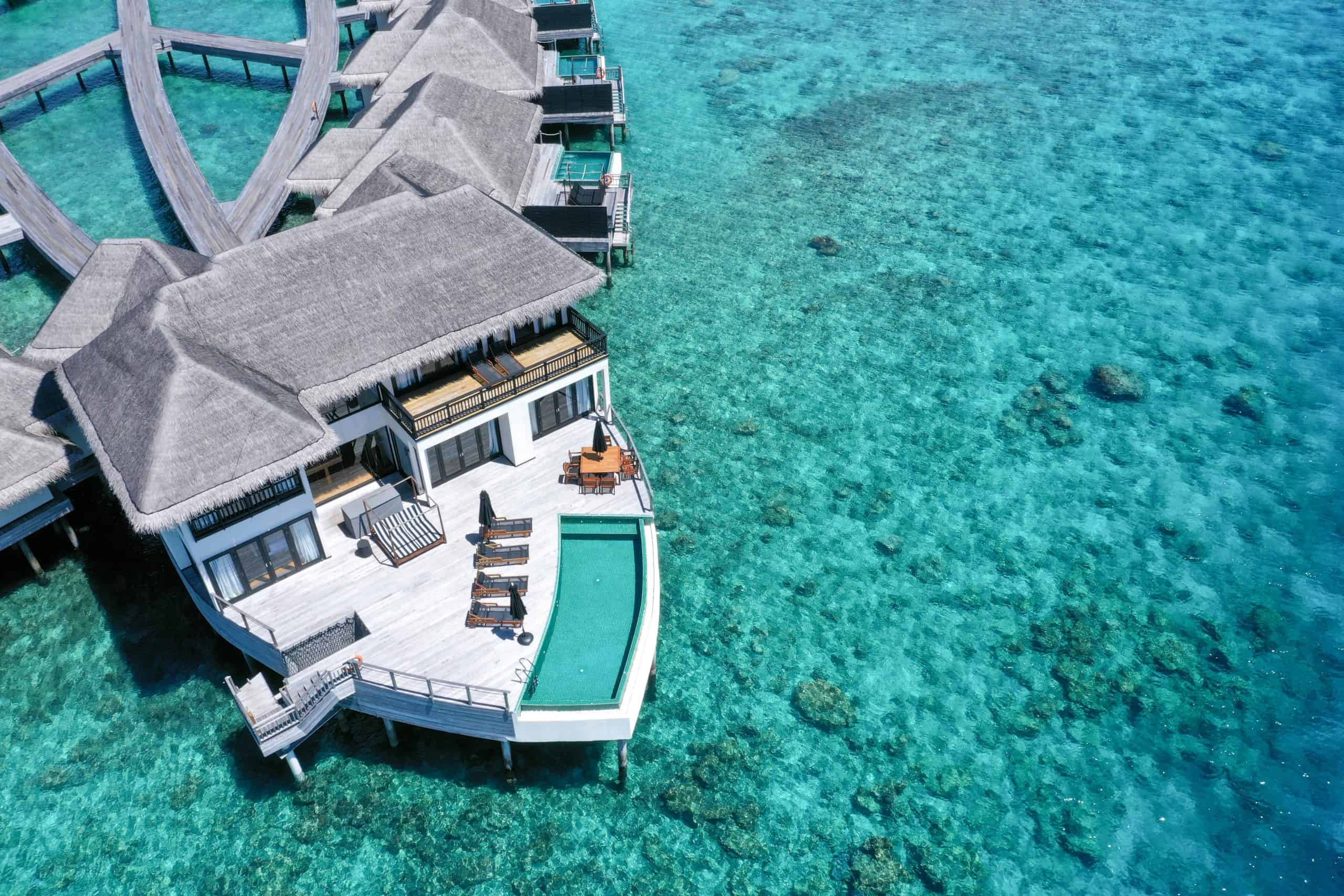
Beyond just eating fresh, organic food, guests work alongside local farmers, getting dirt under their manicured nails while learning about soil health, regenerative agriculture, and the revolutionary concept of seasonal eating. Workshops on wild foraging, kombucha brewing, and cheese-making add an element that’s both luxurious and educational—like attending an elite culinary school where the main ingredient is mindfulness.
Many of these eco-retreats incorporate zero-waste principles, turning guests into temporary sustainability experts. At Heckfield Place in the UK, visitors join farm-to-table workshops where they learn to bake sourdough (without posting about it!), harvest vegetables, and craft artisanal cheese under expert guidance. The estate follows biodynamic farming methods, ensuring every ingredient is grown with respect for natural cycles—something our 24/7 digital lives completely ignore.
Seeking deeper food connections? Ett Hem in Sweden embraces slow living through communal dining experiences where guests help prepare meals using hyper-local ingredients. The revolutionary experience of gathering, cooking, and sharing food without digital distractions fosters an appreciation for mindful eating and actual human connection, something we’ve nearly forgotten in favour of scrolling while chewing.
These retreats don’t just disconnect you from screens; they reconnect you with sustainable food systems and mindful consumption, sending you home with new culinary skills and a more conscious approach to what you eat and beyond just photographing it for social media.
Heritage Havens: Time Travel Without the Instagram Posts
There’s something profoundly grounding about stepping into history—a reminder that humans thrived for thousands of years without WiFi. NIHI Sumba in Indonesia takes this slow luxury concept to new heights. This former surfer’s hideout turned exclusive resort offers horseback rides on empty beaches, spa treatments that last entire days, and villas so private they practically have their own zip code. At $1,000 per night, they’re essentially charging you to forget what century you’re in—and wealthy travellers are lining up for the privilege.
If you are a history buff seeking monastic vibes, Eremito in Italy transforms a medieval monastery into a retreat where guests live like modern monks. Stone-walled rooms, corridors lit only by candles, and natural thermal springs create an atmosphere that feels suspended in time. Here, the absence of modern distractions isn’t a gimmick—it’s historically accurate.
At Amanbagh in India, guests stay in a restored Mughal palace where slow luxury blends with rich cultural heritage. The resort offers Ayurvedic wellness programs, guided temple walks, and storytelling sessions that transport visitors into vibrant historical narratives without a single PowerPoint presentation. Every detail—from architecture to locally sourced cuisine—promotes deep engagement with history rather than the shallow scrolling we’ve become accustomed to.
Fogo Island Inn in Canada offers seclusion among dramatic landscapes and rich local traditions for a truly adventurous unplugged experience. This social enterprise reinvests profits into the local community, allowing guests to enjoy whale-watching, craft workshops with local artisans, and stargazing under some of the world’s clearest skies, experiences that no HD screen could ever replicate.
The Future of Digital Detoxing: From Trend to Movement
The hunger for slow travel and digital detox experience isn’t just a passing fad for the elite—it’s evolving into a cultural movement. Luxury hotels and boutique properties are redesigning their offerings to help guests truly disconnect. Wellness-focused brands like Six Senses and Aman now incorporate no-phone policies in their spas, while entire destinations like Bhutan and the Faroe Islands market themselves as ideal unplugging paradises.
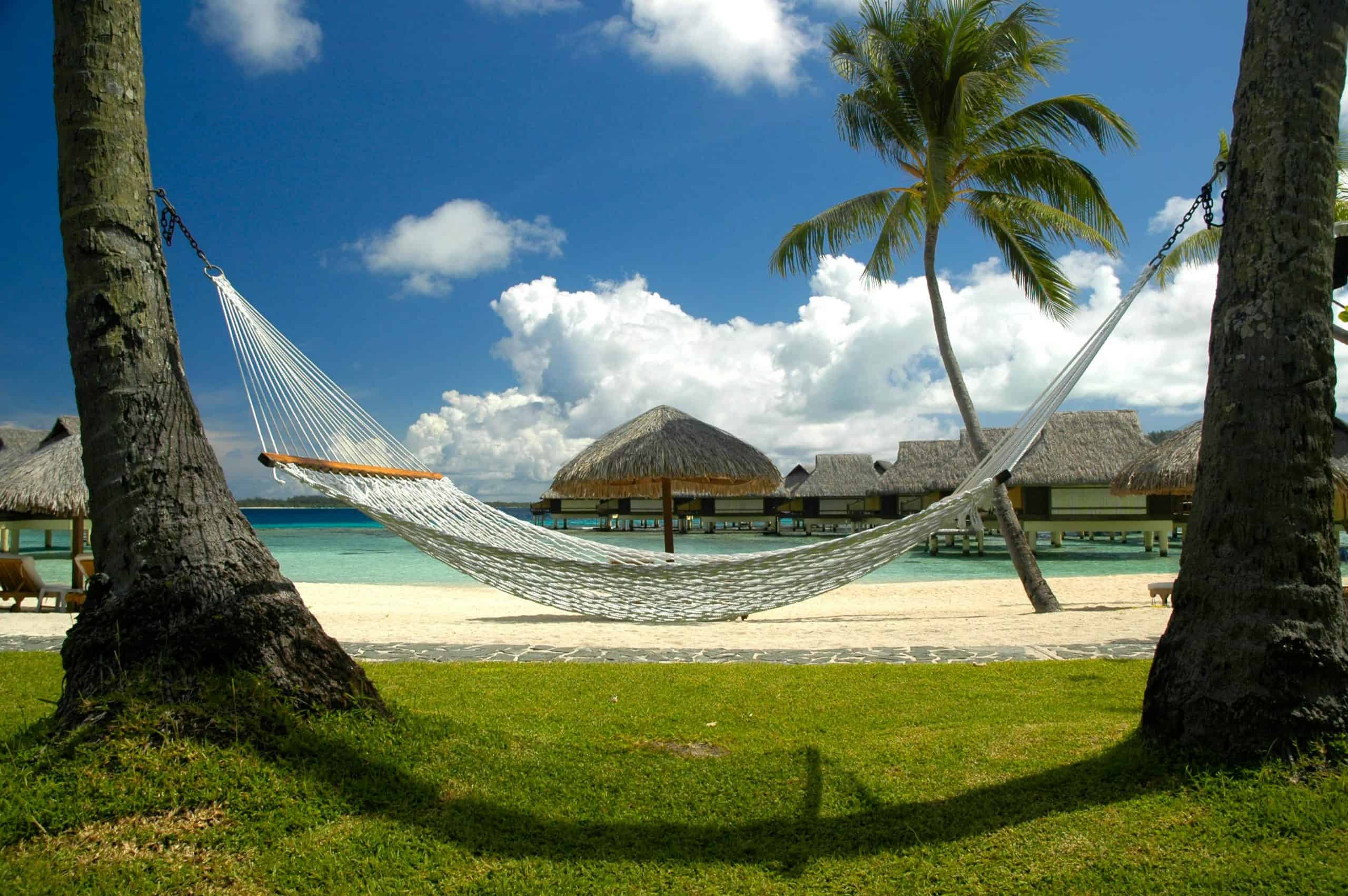
High-end hotels are embracing the tech-free revolution in creative ways. The Mandarin Oriental in Bangkok now provides in-room lockboxes where guests can imprison their devices, along with printed guides on mindful living and analogue journaling kits. Borgo Egnazia in Italy has introduced “silent check-ins,” welcoming guests with herbal teas instead of digital tablets and handwritten welcome notes instead of QR codes.
For adventure seekers, companies like Black Tomato have launched “Off the Grid” packages where GPS, phones, and digital maps are forbidden. Travellers embark on mystery adventures, receiving daily handwritten clues from a personal travel concierge like some luxury version of an escape room. Similarly, Tierra Hotels in Chile promote no-WiFi stays featuring guided treks, horseback riding, and fireside storytelling sessions under star-filled skies.
These initiatives reflect a broader cultural shift toward intentional living, where luxury is defined not by constant connectivity but by the depth of experience, genuine human connection, and the increasingly rare ability to be fully present. As our world accelerates, the demand for places that encourage slowness, solitude, and authentic connection continues to grow exponentially.
Why the World’s Elite Are Paying Premium Prices to Slow Down
It’s official: silence has become the ultimate status symbol. Forget designer bags or the latest gadgets—the new flex is casually mentioning, “Oh, I don’t have WiFi there,” without breaking into a cold sweat.
“Digital minimalism” isn’t just trendy jargon anymore—it’s a legitimate lifestyle shift. The world’s most successful individuals are realizing that being constantly available doesn’t equal being productive (shocking, right?). A 2022 McKinsey study found that leaders who take regular digital breaks experience 40% higher productivity and report feeling more engaged in their actual work rather than just appearing busy.
Sustainable & Slow: Bringing Balance Back
These luxury digital detox retreats aren’t just good for your mental health—they align perfectly with more eco-conscious travel approaches. Less technology means reduced energy consumption, fewer distractions, and a deeper appreciation for the environment that sustains us all.
But what happens when the retreat ends and real life begins again? Simple changes can help maintain that balanced relationship with technology: creating “no-phone zones” in your home, scheduling screen-free evenings, or even sending handwritten notes instead of texts (revolutionary, I know).
In our perpetually switched-on world, the greatest luxury is learning to be present with reality instead of escaping it. And sometimes, that means putting down the phone and remembering what it feels like to just be human again.
Read more – Lifestyle, Weddings & Wellness



